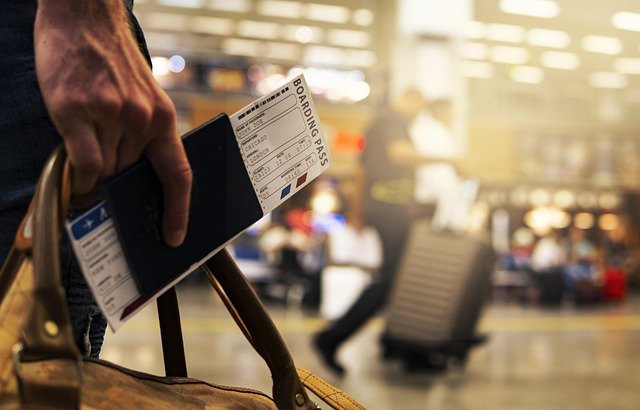Minimize delays during peak transit times with scheduling tactics
Peak-period congestion can add substantial time and stress to journeys. This article outlines practical scheduling tactics and operational approaches that planners, operators, and travellers can use to reduce delays during busiest transit periods while balancing safety and compliance.

Peak demand pushes systems to their limits, creating delays that ripple across journeys, affect logistics, and raise safety and compliance concerns. Effective scheduling tactics combine data-driven routing, smarter itinerary planning, and targeted interventions at chokepoints such as baggage, customs, and border controls. This article explains practical measures that transit managers and travellers can apply to reduce wait times and improve throughput without compromising safety or sustainability.
How can mobility planning reduce peak delays?
Mobility planning focuses on aligning capacity with demand. Transit agencies can use historical ridership and real-time data to shift vehicle or staff deployment to hours when ridership surges. For example, adding short-turn trips, deploying express services, or reallocating rolling stock and drivers can relieve pressure on core segments. For multimodal systems, integrating schedules between buses, trains, and ferries to smooth transfer windows reduces bunching and idle time. Mobility planning that anticipates seasonal patterns—holidays, events, and school terms—enables proactive timetable adjustments rather than reactive fixes.
How does routing and logistics improve journey flow?
Routing and logistics reduce delays by optimizing paths for capacity and reliability. Dynamic routing that accounts for congestion, maintenance windows, and regulatory restrictions keeps vehicles on schedules. Freight and passenger movements benefit from segregated lanes or priority signaling where possible, and from coordinating last-mile pickups to avoid gate congestion. Logistics teams should plan buffer times for critical handoffs and use software to visualize pinch points. Clear routing rules plus contingency alternatives can prevent single incidents from cascading into systemwide delays.
How can itinerary timing and scheduling help avoid congestion?
Individual itineraries matter: staggering start times and offering flexible windows can spread peak loads. For organizations and event planners, staggered shift times or ticketing windows reduce synchronized demand. On the operator side, schedule padding at known delay hotspots—added minutes where delays are recurrent—keeps subsequent services on time without creating false reliability. Communicating recommended arrival times for passengers, advising off-peak travel options, and enabling advanced booking for priority processing all help flatten peaks in demand.
What role do baggage, customs, and visa procedures play?
Processing steps such as baggage handling, customs inspections, and visa checks are frequent bottlenecks. Streamlining these processes reduces dwell time: automated baggage tracking, clear bag-drop signage, and pre-clearance or online declaration forms accelerate throughput. For international movements, promoting electronic visa systems and trusted traveller programs decreases border processing times. Coordination between carriers and border authorities to schedule peak flights or services with matching staffing levels at checkpoints prevents long queues and maintains steady flow across interconnected legs of a journey.
How do safety and compliance affect peak processing times?
Safety and regulatory compliance are non-negotiable but can be managed to limit delay impact. Risk-based approaches—where low-risk travellers or shipments undergo expedited processing—balance security with efficiency. Training frontline staff to apply standard operating procedures quickly and consistently reduces variability. Regular audits and process reviews identify unnecessary steps or paperwork that add time. Where possible, technology such as identity verification kiosks and automated inspection tools maintain compliance while speeding up throughput, but deployment must align with data protection and legal requirements.
How can sustainability and vaccination policies influence delays?
Sustainability goals and public health measures can affect scheduling and throughput. Sustainable practices—such as consolidating services to reduce empty runs—must be timed to avoid creating new peaks. Vaccination or health verification requirements may introduce additional checks; integrating these checks into pre-travel workflows or digital health passports reduces on-site processing. Likewise, encouraging off-peak travel through incentives or reduced fares supports lower emissions by smoothing demand across the day. Planners should evaluate environmental and health policies for potential delay implications and embed mitigation steps in scheduling.
Operational tactics such as demand forecasting, targeted capacity reallocation, and simplified processing at chokepoints collectively reduce delays during peak transit times. Combining these with clear passenger communication, contingency routing, and data-driven decision-making creates a more resilient, efficient system that respects safety, compliance, and sustainability considerations.





